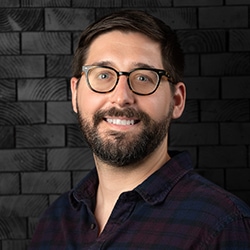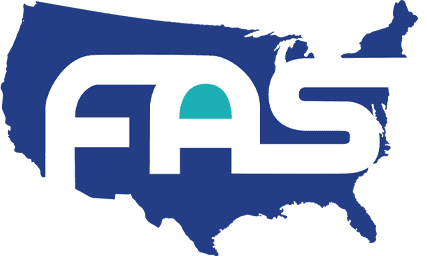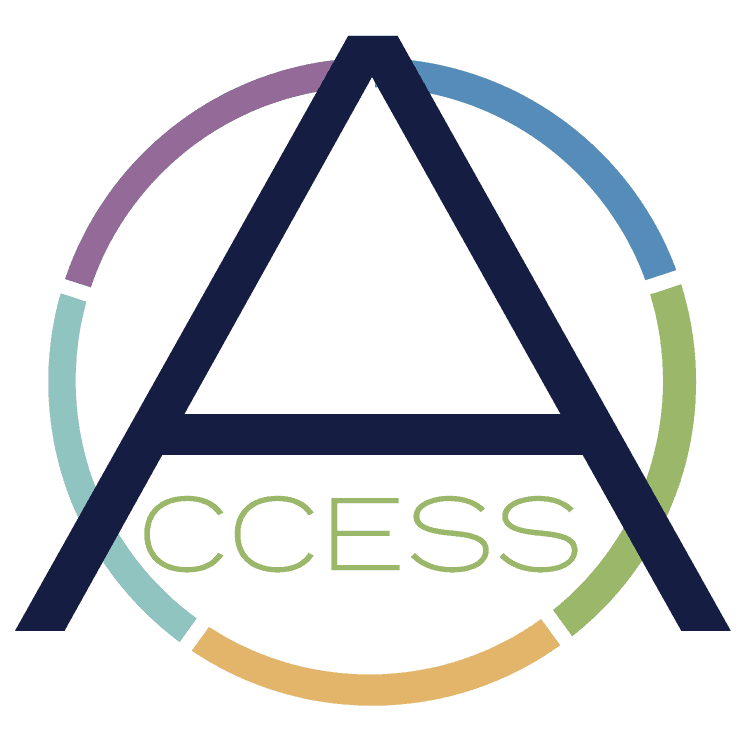A few words running along the bottom of the screen add a tremendous amount of value to your videos. Effective captioning actually increases your viewer’s attention, comprehension and their ability to retain information in addition to many other benefits. Allow me to explain a little further.
Captioning is critically important because most people — 92% on mobile, 83% on desktop — view videos with the sound off. Why? Some say it’s because they don’t want to bother the people around them and others say they are multi-tasking. On the other end of the spectrum are the 5% of people who may turn up the volume and still not hear your video due to hearing difficulties. I feel it’s best to be all inclusive whenever possible and meet your viewer’s needs whatever they may be. Captioning benefits many people including neurodivergent populations and those with language and auditory issues. Please keep in mind, many fields and organizations including higher education are required by the Americans With Disabilities Act (as well as Section 504 of the Rehabilitation Act) to make your videos accessible, whether the content is intended for students and/or the general public.
Captions are available in two formats, open and closed. The simple solution is to add captions through closed captioning that can be turned on/off by the viewer. Open captioning can’t be turned off by the viewer since it is embedded in the video. You can pay a service to caption for you or choose from multiple free or low-cost software options to do it yourself. YouTube offers automatic captioning. Pro tip: Always proofread and edit captions to ensure they are correct and brief.
The benefits to captioning your videos will likely pay off in three ways:
- 80% of consumers are more likely to watch the entire video if it is captioned.
- Viewers will better understand the content.
- Captions make the video searchable, boosting SEO (search engine optimization) if they are on your website.
Source: These statistics are from a widely quoted 2019 survey of U.S. consumers by Verizon Media and Publicis Media.


Please welcome our newest team member, Dave Lanzalone
We are thrilled to add Dave to our technology team! Dave’s title is data specialist, but we think of him as the spreadsheet wizard with a knack for problem solving and puzzles. His interest in data analysis and finding patterns makes him extremely adept at ingesting, cleaning, transforming and preparing data used in rendering Personalized Videos.
Out and about at professional conferences
March was a busy month on the schedule of annual conferences. We attended four. Conferences are a great opportunity to reconnect with people who know us, meet new people, learn what’s new in our industry and educate folks about the new things we’re doing at Allied Pixel.
- We exhibited and presented at CUPRAP’s Spring Professional Development Conference, held March 8-10 in Lancaster, PA. Allied Pixel co-presented with our client Villanova University at a session on Personalized Video.
- The CASE District I&II Annual Conference, held March 12-14 in New York City, attracts advancement professionals with sessions on best practices and trends. At Allied Pixel’s booth, attendees learned how Personalized Video can support their efforts in alumni relations, fundraising, marketing and communications.
- Our client Hope College hosted the Michigan Association of International Educators (MAIE) Annual Conference March 15-17. We met a variety of attendees involved in international initiatives, international student advising and related fields.
- For the first time, Allied Pixel exhibited at the annual NAIA National Convention as NAIA’s Official Personalized Video Partner. Held March 30 – April 3 in New Orleans, the convention was an opportunity to showcase how Personalized Video creates stronger connections with student-athlete prospects.
Welcome new clients!



As always, I appreciate your thoughts and comments. Email me anytime.
All the best,
